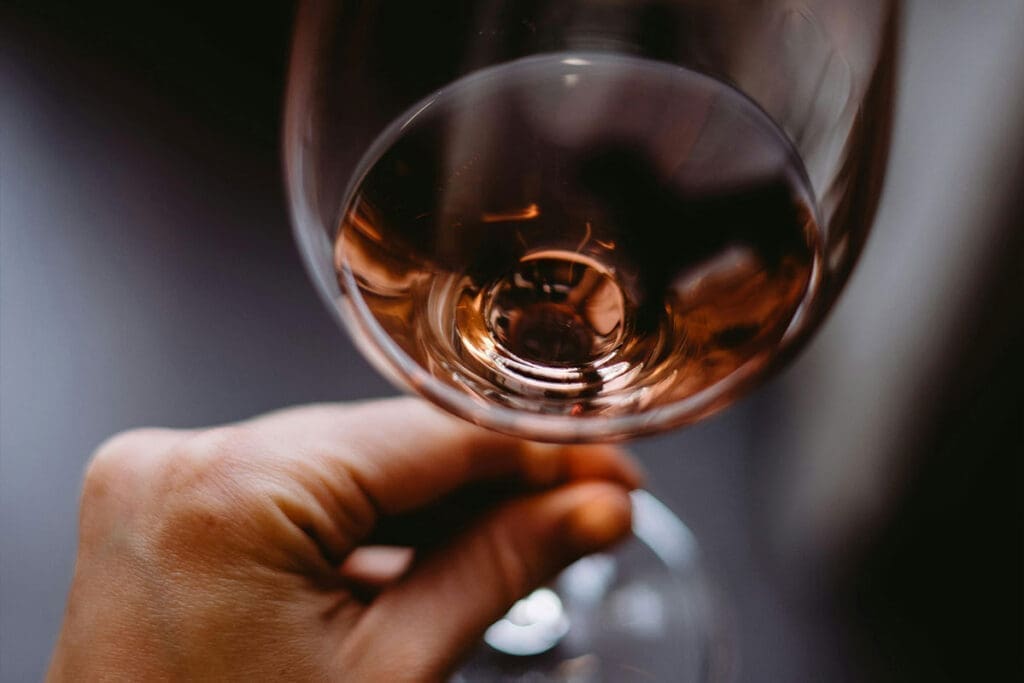26 de March de 2024
How to correctly identify the aromas of wine
Have you ever bought a wine because of the aromas described on the label, only to feel disappointed after drinking it? It’s a shared experience. However, there are tools you can use to prevent this from happening again or to make the next time less frustrating.
It’s important to understand that many descriptions of scents are based on personal opinions and can be inaccurate. Additionally, our ability to recognize different aromas is closely tied to our memory. For example, if we’ve never tasted lychee, it may be difficult for us to identify its scent. However, there are several methods available to help improve our memory and sense of smell.
One simple way to improve your awareness is to pay attention to the different smells around you at all times. You can start by focusing on the smells of fruits and vegetables when you go shopping, the aromas of seasonings while cooking, or even the fragrance of nature when you’re outside. Identify the aromas and store them in your memory with their name. Training your nose is an infallible practice that will also gradually increase your sensitivity. Then you can also put the following tips into practice:
Check your “aroma bank” when you drink a glass of wine.

If you have a white wine like Casillero del Diablo Sauvignon Blanc, you can start by remembering the aromas of citrus fruits such as lemon, lime, and tangerines or herbs such as rosemary and thyme. On the other hand, if you have a red wine like Marques de Casa Concha Pinot Noir, try to recall the aroma of red fruits like raspberries, strawberries, and cherries, or black fruits such as blackberries, blueberries, or plums and see if you can find any resemblance in the wine. One helpful tip is to imagine yourself opening your refrigerator and trying to identify everything inside it, from milk and butter to fruits, fresh vegetables, juices, and food that you have cooked. Then, one by one, try to identify if any of those aromas appear in the wine.
Do delicate inhalations!

To fully appreciate the aromas of wine, it’s recommended to swirl it in the glass, which will expose it to oxygen and enhance its scent. After swirling, take a delicate sniff to detect its aroma. However, it’s essential to be gentle while doing so, as sniffs too strong cause your nose to be overwhelmed with the smell of alcohol.
The method that works best for me is taking short and gentle inhalations. However, some individuals prefer alternating between short and long, slower inhalations. When using this technique with Terrunyo Carmenere, the first scents that emerge are the black fruits of plum and blueberries, followed by some floral notes such as violets, spices, and a hint of chocolate. Keep in mind that this wine may evoke other aromas that I did not mention.
Training with a Scent Kit

Improving our sense of smell requires practice, and the adage “practice makes perfect” holds. Scent kits are an excellent tool for this purpose. While we can try to train our noses in our daily lives by paying attention to the smells around us, using a scent kit is a much simpler and more enjoyable way to do so. These kits contain small jars filled with pre-identified aromas, making it easy to train our sense of smell.
There are many options available on the market, but Le Nez du Vin (The Nose of Wine) is my favorite. It consists of 54 aromas that a French perfumer has created after combining wine extracts and essences. This set is perfect for blind tastings and guessing. It also comes with visual aids, such as flashcards, and a comprehensive book that describes each aroma in detail. The book includes information on each aroma, its corresponding molecule, and a list of the specific regions and wines where it is found. Although it may be expensive, if you are passionate about wine, this kit is definitely worth considering.










